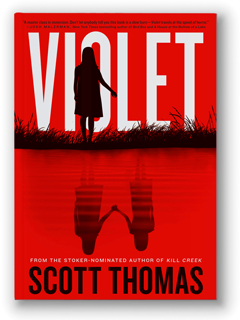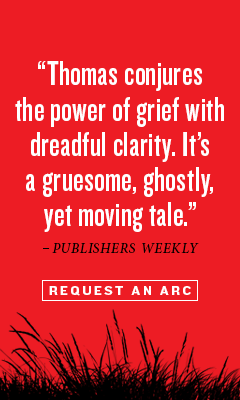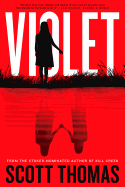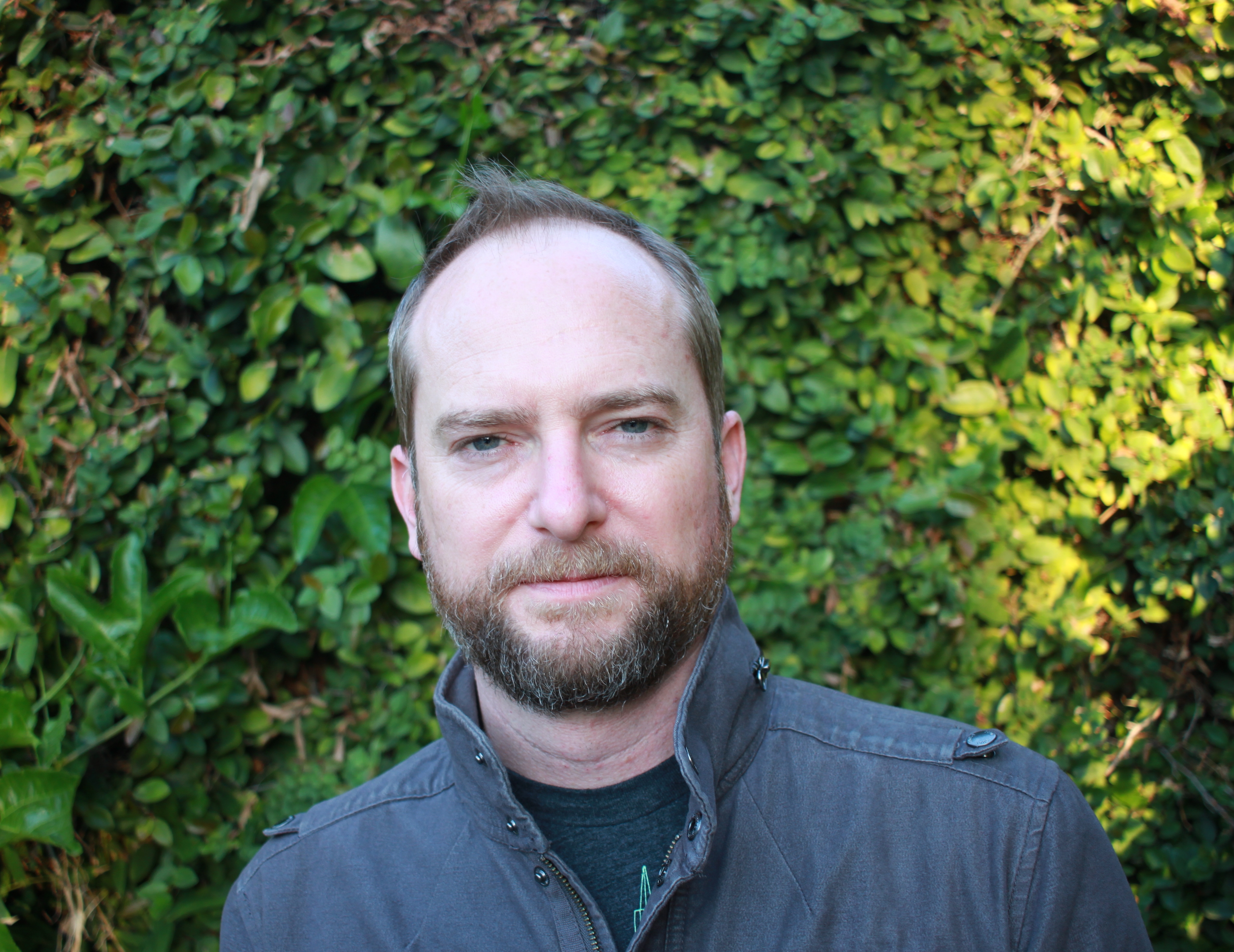Violet
by Scott Thomas
Death and grief are natural sources of horror, as evergreen as creepy children and spooky houses. Scott Thomas (Kill Creek) builds his horror novel Violet around these reliable pillars, supplemented by his careful attention to detail and deliberate unfolding of repressed memories. Violet begins with a loss: protagonist Kris Barlow's husband has died in a gruesome car accident. Kris has decided to drive herself and her daughter, Sadie, to a lake house that she remembers as the site of many happy childhood memories. Unfortunately, that house--and the lake--harbor terrible secrets that threaten to steal Sadie away from her.
The horror in Violet is of the creeping-dread variety, comparable in some ways to how novels like The Haunting of Hill House ground the terrors in their characters' unraveling psyches. However, Thomas does not shy from shocking the reader with a particularly grotesque description. For example, this is how Thomas describes Kris's husband after the accident: "The entire right side of his head was completely flat, like a cartoon character hit with a frying pan. The once-sturdy skull was nothing but a patch of bloody sludge. She could press her fingers into that red mud if she wanted to, digging her fingertips all the way into the spongy gray center of his brain." For the most part, though, Thomas is interested in psychological scares. The lake house has fallen into disrepair since Kris's childhood, and while there are nostalgic pleasures to be had--finding an old boom box and swimming in the beautiful, crystal-clear water are particular high points--plenty of darker memories are stirred up, too.
Kris is at first determined to cheer up Sadie, to shake her out of her despondent fog. Soon, though, Kris starts to notice some unsettling signs: blackbirds behaving oddly around the house, a woman with long black hair who stares at them from her lakeside cottage, countless smudges on the windows. Thomas writes: "They were on the inside. Tens. Hundreds. Thousands of handprints. Small, like a child's." Even more worryingly, Sadie becomes preoccupied with an invisible friend--never a good sign in a horror novel. Sadie's emotional state becomes more cheerful, almost manic as she holds tea parties with her friend and plays games with her. In chapters from Sadie's perspective, Thomas gives us a creepy child's-eye-view of the developing supernatural relationship. Kris is forced to watch helplessly as her daughter becomes harder and harder to reach.
Violet is a book about grief and loss, but not just that of Kris's husband. The lake house is also where her mother died--slowly and painfully--of cancer. The reader will learn that Kris is not a particularly reliable narrator. Her joyful childhood memories are an odd fit for such a grief-haunted place, especially when she learns that her father "hoped the place would rot. He said he wanted to die knowing that no one would ever live in that house again." Thomas seems to want to say something about how well we can mask the worst moments of our lives behind more palatable memories, reshaping the past to protect ourselves. Even so, there is a sense that all that repression will inevitably lead to a reckoning, one that comes closer the more Kris realizes her rose-tinted memories don't match reality. And especially once she starts to remember that when she was a young girl, she had her own friend who distracted her from the trauma of her deteriorating mother--a friend named Violet.
Violet is not particularly plotty--it thrives more on atmosphere and a compelling sense of place. In those areas, Violet excels. Lost Lake was formed after a destructive flood--markers warn boaters away from submerged houses. When Kris and Sadie wake up in the morning, the lake is completely obscured by fog. Thomas makes excellent use of water's eerie properties--the sense of something lurking underneath remains an effective horror touchstone. Pacington, the town abutting the lake, is decaying as surely as Kris's lakeside house, especially after a series of child disappearances and deaths left the small community grief-stricken. Even outside of these horrible circumstances, Pacington is easily recognizable as the type of small town left behind by a changing world. Like Kris, the town is stuck in a fractured memory of its past--its old-fashioned charms carry a disquieting edge.
Ultimately, though, this is a haunted house story, and the lake house is the atmospheric centerpiece. Even in its diminished state, the reader gets a sense of the house's character, though it is not quite the "fairytale illustration" Kris remembers. Or perhaps the fairytale is merely revealing its sinister undertones, more Brothers Grimm than Disney. While not exactly the crumbling gothic mansion of classic horror fiction, the house bears the imprint of death: "The house looked like a crumbling headstone on a forgotten grave." This is not the house that Kris remembers--rather, it is a place whose true nature she has chosen to forget. All of Kris's cleaning and tidying cannot restore the house to what she wants it to be. There is a sense of menace in the air that hints at a reckoning with the past and the titular supernatural force, one that will put her and her daughter at terrible risk. Violet grounds every scare in its characters' vulnerabilities, building to a tense and emotional climax. --Hank Stephenson








